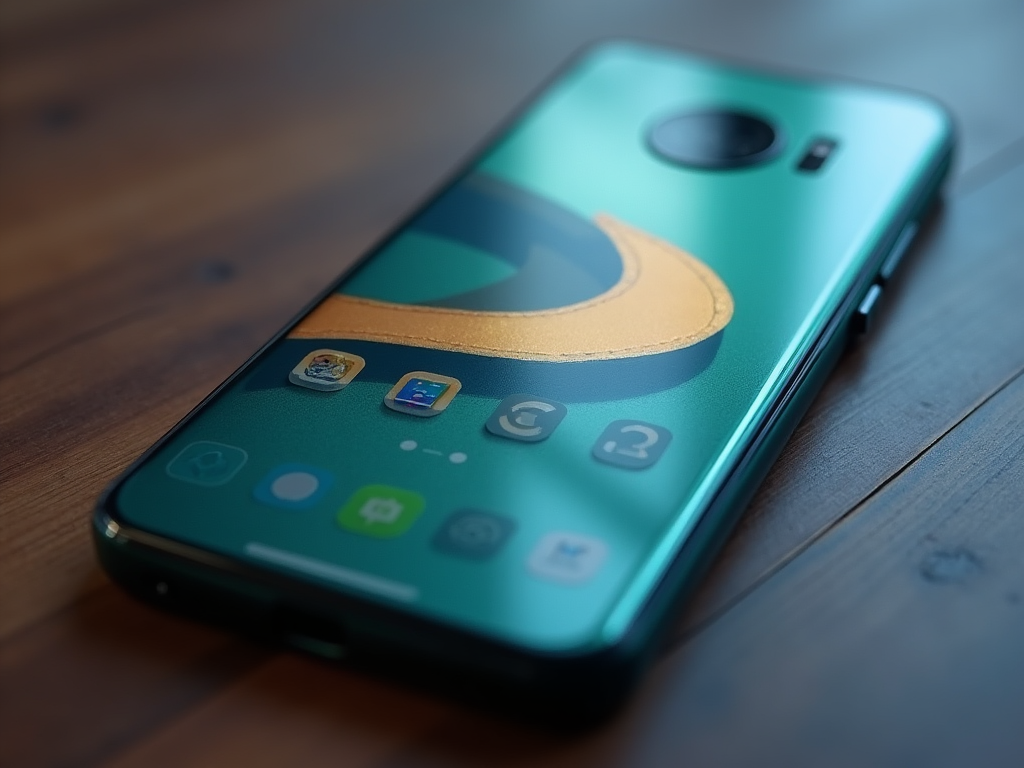Connecting an external microphone to your smartphone is a straightforward process that enhances audio quality for calls, recordings, and live streams. Whether you’re a content creator, podcaster, or an individual looking to improve their audio experience, using an external mic can make a significant difference. This article covers the necessary steps and methods to seamlessly connect a microphone to your device, ensuring you capture crystal-clear sound.
Understanding the Types of Microphones
Before diving into the connection process, it’s essential to understand the different types of external microphones available. Each type serves a unique purpose and comes with specific connectivity options:
- Lavalier Microphones: These clip-on mics are ideal for interviews and presentations, providing discreet audio capture.
- Shotgun Microphones: Best suited for directional audio capture, they are commonly used in film and video production.
- Handheld Microphones: Typically used by performers and interviewers, these mics offer flexibility and mobility.
- USB Microphones: Designed for direct plug-and-play functionality, these are perfect for podcasting and recording.
- XLR Microphones: These require an audio interface but offer high-quality sound and versatility.
Understanding which type suits your needs best will help streamline the connection process and enhance your audio output.
Tools Needed for Connection
Once you’ve settled on a microphone, you’ll need a few tools and adapters to connect the mic to your smartphone. Here’s a list of what you typically need:
- Microphone: Choose a compatible microphone based on your audio requirement.
- Adapter: Depending on your microphone type and the smartphone model, you may need a TRRS to TRS adapter.
- Audio Interface (optional): For high-end microphones, an audio interface allows for better audio quality.
- Smartphone App: Ensure you have a recording app or software that supports external microphone input.
Having the right tools in hand will prepare you for a smooth connection experience.
Connecting the Microphone
Now that you’ve gathered the necessary equipment, follow these steps to connect your external microphone to your smartphone:
- Identify Your Smartphone’s Audio Jack: Determine whether your smartphone has a 3.5mm audio jack or if it utilizes USB-C or Lightning ports.
- Connect the Microphone: Plug the microphone into the compatible jack or connect through an adapter if necessary.
- Adjust Settings: Open your smartphone settings to ensure that it recognizes the microphone as the audio input device.
- Test the Microphone: Use a voice recording app to test audio clarity and make adjustments as needed.
This process ensures that you maximize the audio quality and performance of your external microphone.
Troubleshooting Common Issues
Sometimes, connecting an external microphone can come with challenges. Here are common issues and how to resolve them:
- No Sound: Ensure the microphone is correctly plugged in and that it is compatible with your smartphone. Check volume levels and settings.
- Low Audio Quality: Test with different recording apps and ensure there are no obstructions near the microphone.
- Delay in Sound: This may occur if there’s a poor connection. Try reconnecting the microphone or testing with a different device.
- Device Not Recognizing Mic: Restart your smartphone and reconnect the microphone. Check for updates on your device’s software.
By following these troubleshooting steps, you should be able to address common connectivity problems effectively.
Conclusion
Connecting an external microphone to your smartphone opens up a new world of audio quality, whether for professional or personal use. By understanding the different types of microphones, gathering the right tools, and following the connection steps, you can significantly enhance your audio input. Remember to test your setup prior to important recordings, ensuring everything works seamlessly. Embrace the power of sound and create high-quality content with your smartphone and external microphone setup!
FAQs
1. Can I use any microphone with my smartphone?
Not all microphones are compatible with smartphones. It’s essential to choose a microphone with the correct connector type (TRRS, USB-C, or Lightning) suitable for your device.
2. Do I need an app to use an external microphone?
While some smartphones automatically recognize external microphones, using a recording app can help you adjust settings and ensure optimal performance.
3. Will using an external microphone drain my smartphone battery?
Using a microphone won’t significantly affect your smartphone’s battery life. However, high-end USB microphones may consume more power and impact battery performance slightly.
4. Can I connect multiple microphones to my smartphone?
While many smartphones allow for only one external microphone connection at a time, using mixers can facilitate multiple inputs, but this generally requires additional equipment.
5. Are wireless microphones better than wired ones?
Wireless microphones offer convenience and mobility, ideal for interviews and presentations, while wired microphones typically provide more stable connections and higher sound quality.


